NRC to host meeting on Davis-Besse plant performance
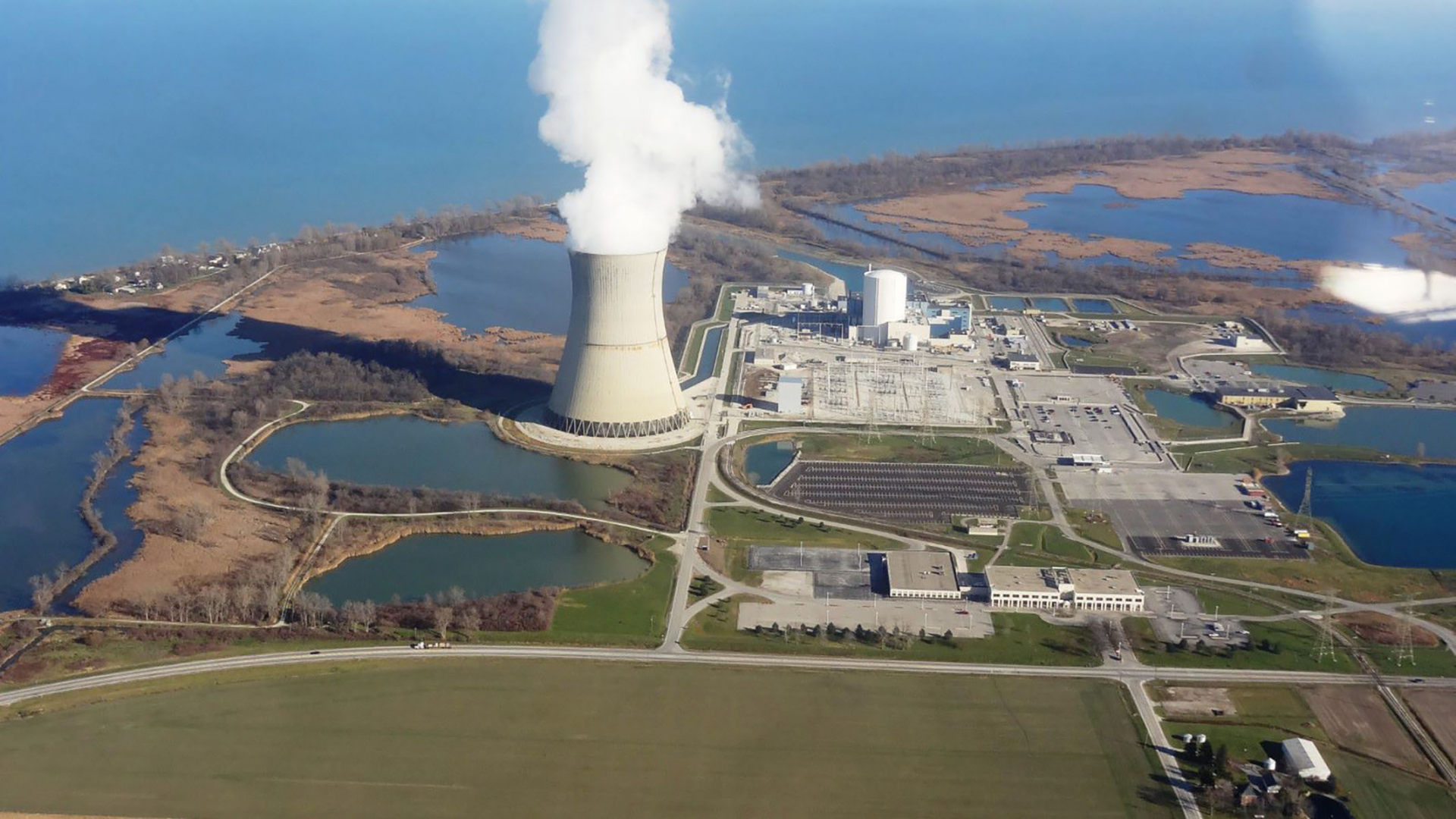
The Nuclear Regulatory Commission will discuss the Davis-Besse nuclear power plant safety performance last year in a public meeting this Thursday, August 29.


The Nuclear Regulatory Commission will discuss the Davis-Besse nuclear power plant safety performance last year in a public meeting this Thursday, August 29.
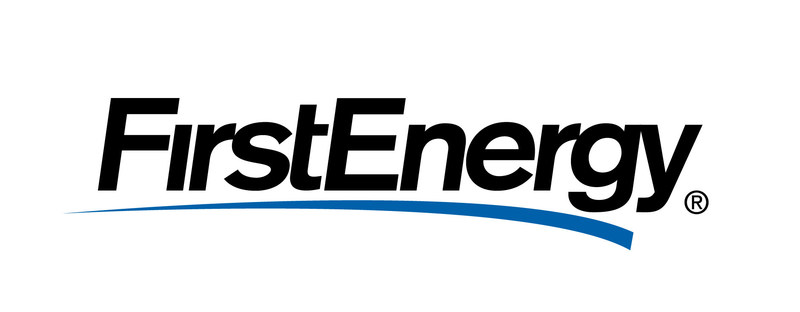 The State of Ohio and FirstEnergy reached a settlement this week to avoid prosecution in an ongoing corruption investigation involving the Davis-Besse and Perry nuclear plants.
The State of Ohio and FirstEnergy reached a settlement this week to avoid prosecution in an ongoing corruption investigation involving the Davis-Besse and Perry nuclear plants.
In 2021, the U.S. Attorney’s Office for the Southern District of Ohio charged the energy company with conspiring “with public officials and other individuals and entities to pay millions of dollars to public officials in exchange for specific official action for FirstEnergy Corp.’s benefit.”
FirstEnergy will pay $19.5 million to the attorney general’s office within five business days and will pay $500,000 for an independent consultant to review and confirm unspecified “changes and remediation efforts” within the company. The company will also cooperate with investigators for two years or until the investigation, litigation, or prosecution is complete.

Vistra this week completed its acquisition of Energy Harbor Corp., a move the company announced almost exactly a year ago with a $3.43 billion price tag.
Texas-based Vistra Corporation was hoping to get the go-ahead from the Federal Energy Regulatory Commission this month for its proposed acquisition of Energy Harbor’s nuclear assets, but on October 13, the agency issued an order extending its review of the deal (called “tolling the time” in bureaucratese) to April 11, 2024. Currently down one seat, the four-member FERC voted 3–1 for the time extension, with the lone dissent coming from commissioner James Danly.
The Nuclear Regulatory Commission has approved the transfer of the operating licenses for four reactors and their associated spent fuel storage facilities from Energy Harbor Nuclear Corporation to Vistra Operations Company, the agency announced September 29.

In a filing Monday with the Federal Energy Regulatory Commission, Vistra Corporation committed to divesting itself of two power generation assets to help alleviate concerns over its proposed acquisition of Energy Harbor.
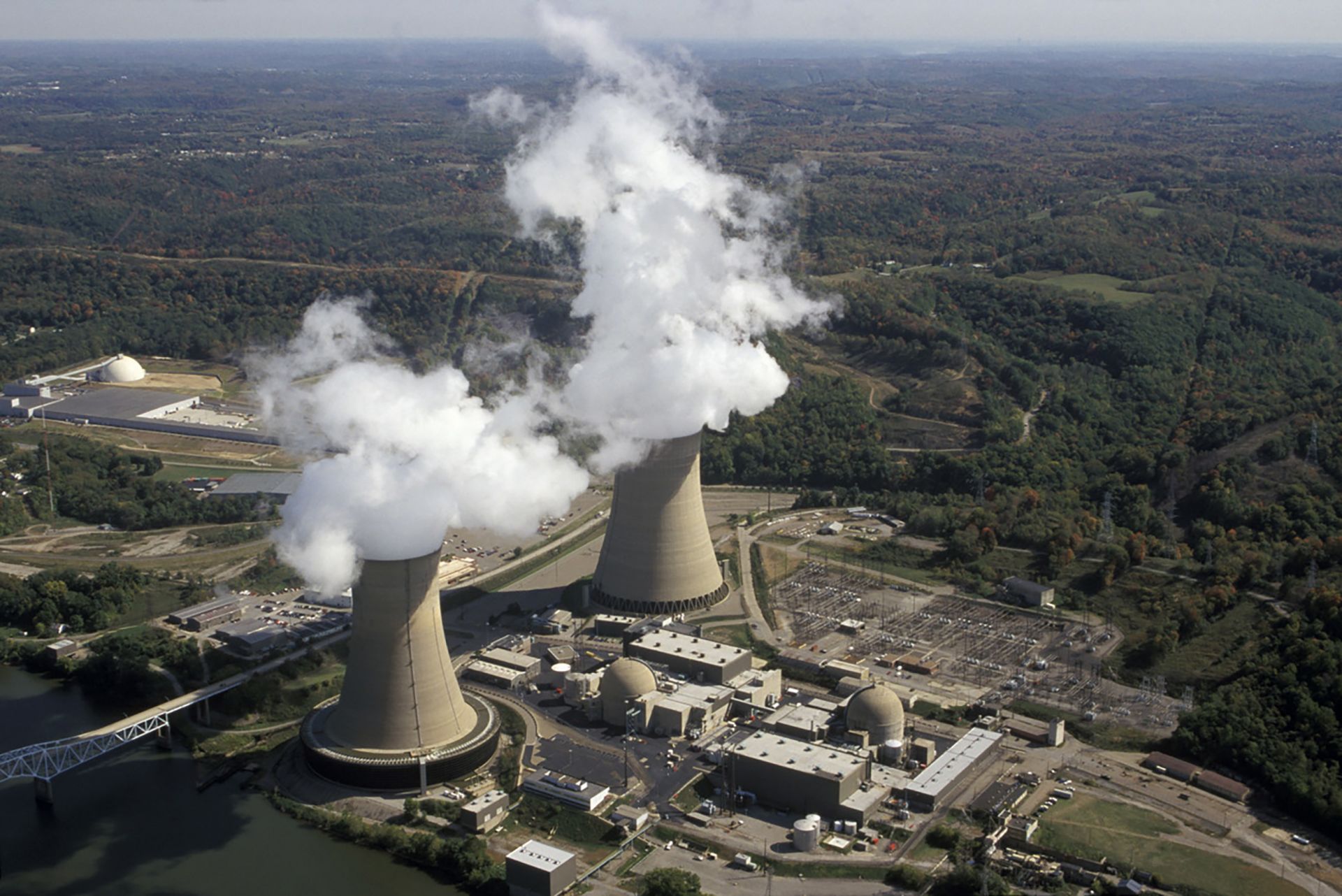
The Department Justice earlier this week filed comments with the Federal Energy Regulatory Commission regarding Vistra Corporation’s proposed acquisition of Energy Harbor, the Ohio-based owner and operator of the Beaver Valley, Davis-Besse, and Perry nuclear plants. Echoing misgivings raised in June by PJM Interconnection’s market monitor Monitoring Analytics regarding the possible exercise of undue market power as a result of the deal, the DOJ Antitrust Division’s 16-page document urges FERC to carefully review the proposal to ensure it will not substantially lessen competition and increase wholesale electricity prices in the PJM region.
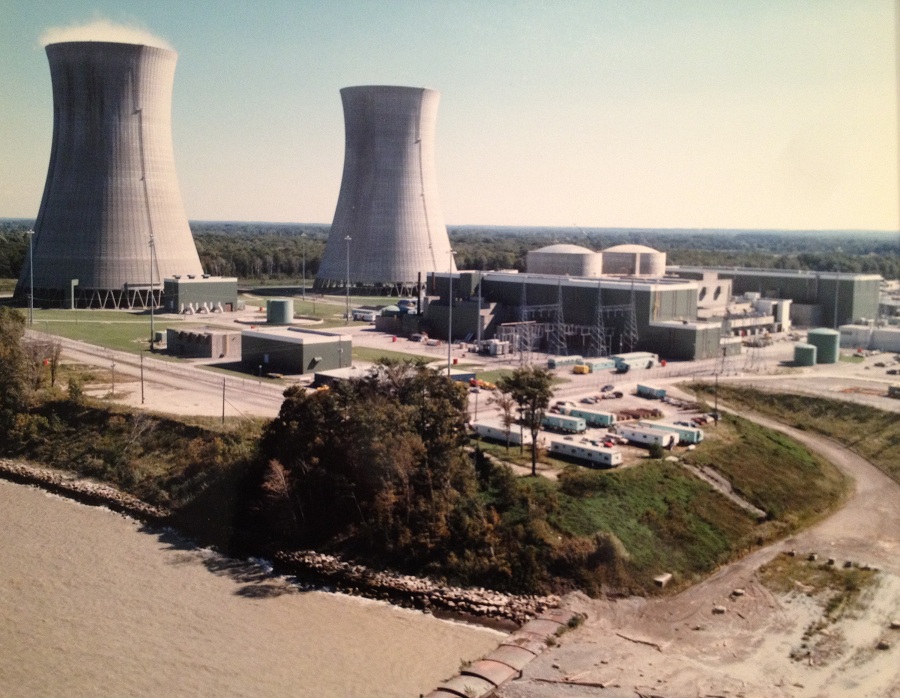
Energy Harbor has filed its initial license renewal application for the Perry nuclear power plant, requesting an additional 20 years of operation for the facility, the Nuclear Regulatory Commission announced yesterday. Dated July 3, the 2,427-page application is now available on the agency’s website.
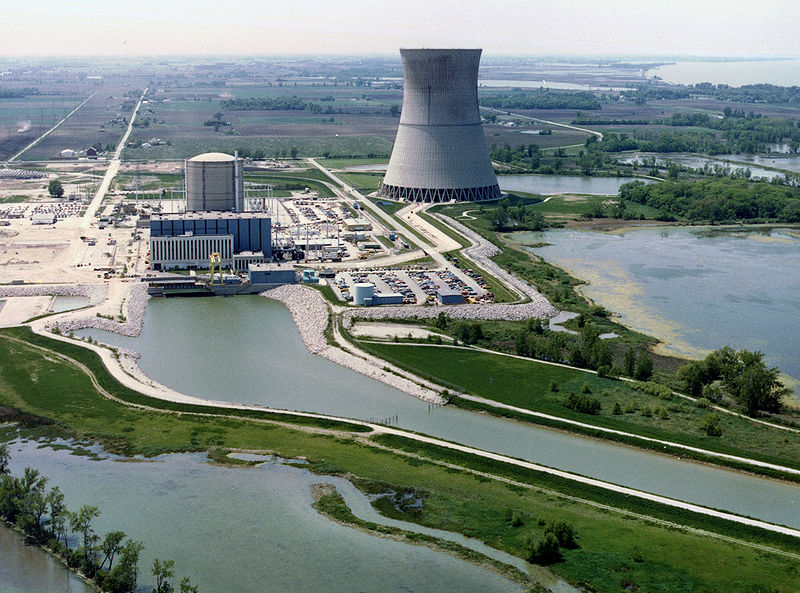
The Great Lakes Clean Hydrogen Hub coalition (GLCH) has submitted an application for funding from the $8 billion Department of Energy program authorized by the Bipartisan Infrastructure Law to support the creation of regional clean hydrogen hubs, nuclear plant owner/operator Energy Harbor announced on May 2.
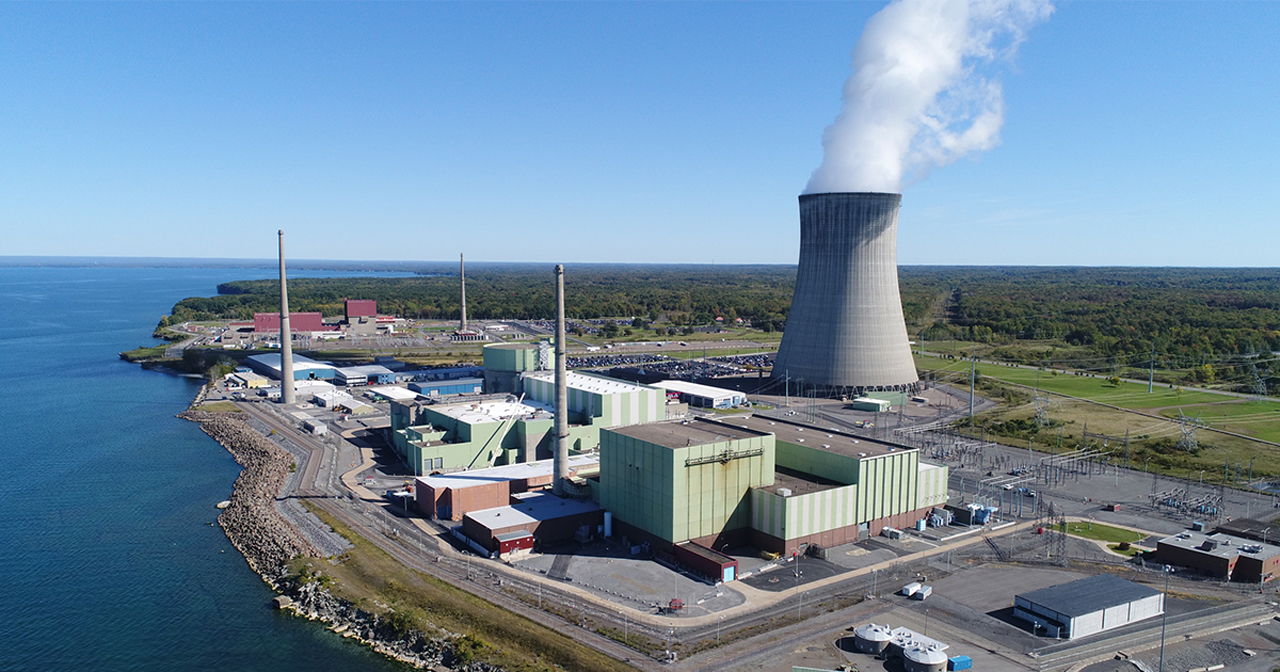
A nuclear-powered hydrogen production facility has commenced operation at Constellation Energy’s Nine Mile Point plant, the company announced this week. The facility is the first of its kind in the United States to generate hydrogen using nuclear power, courtesy of the New York plant’s two boiling water reactors, the 620-MWe Unit 1 and 1,287-MWe Unit 2.
The Nuclear Regulatory Commission announced last Friday the issuance of 2022 assessment letters to operators of the nation’s commercial nuclear reactors, noting that of the 93 units in the agency’s Reactor Oversight Process, 87 “reached the highest performance category in safety and security,” known as Licensee Response.

Texas-based Vistra Corporation, owner of the Comanche Peak nuclear plant, has announced a $3.43 billion deal to acquire Energy Harbor, the Ohio-based owner and operator of the Beaver Valley, Davis-Besse, and Perry nuclear facilities.
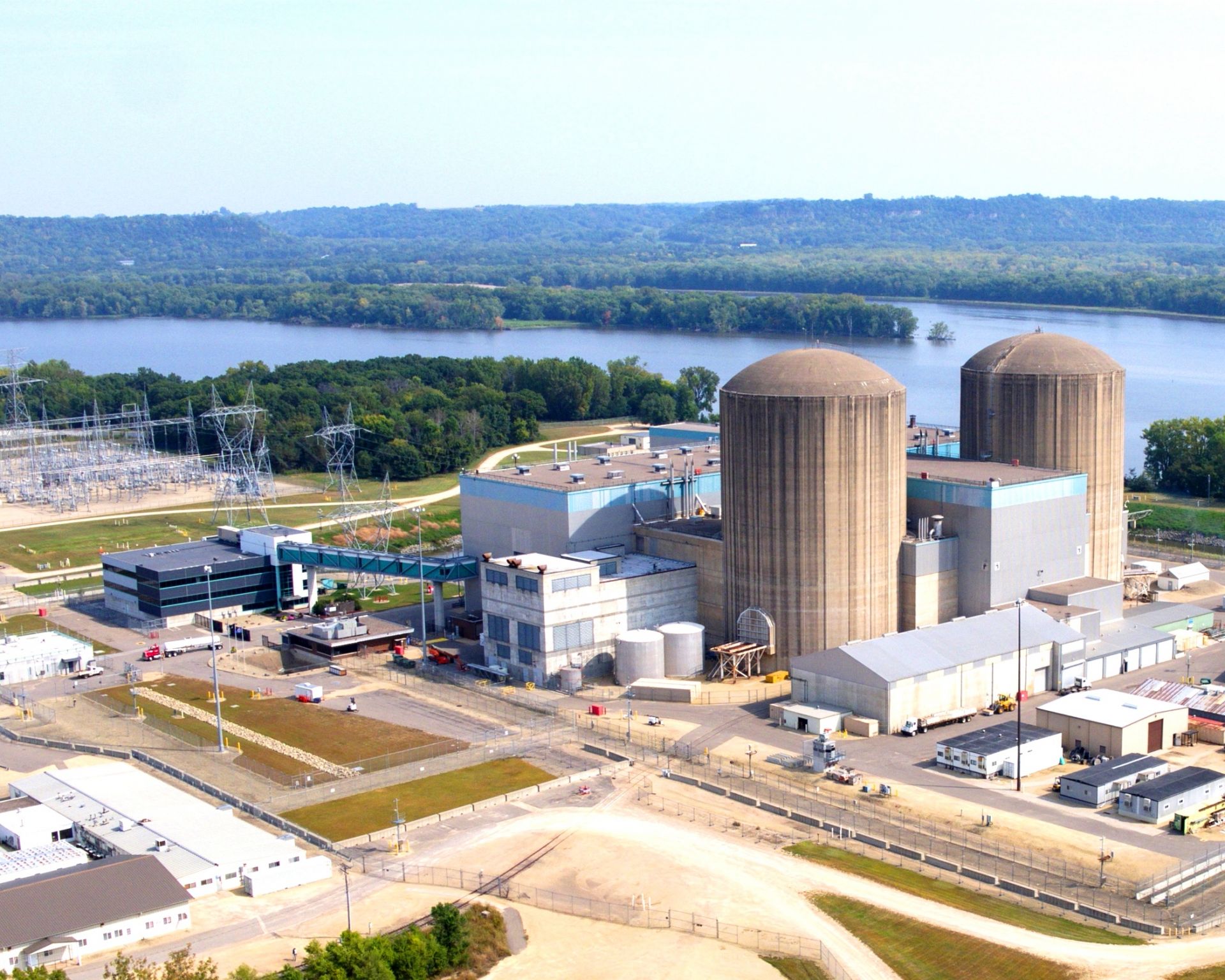
Clean energy technology firm Bloom Energy has announced plans to install a 240-kW electrolyzer at Xcel Energy’s Prairie Island plant in Red Wing, Minn., to demonstrate the benefits of producing hydrogen with nuclear power. (One of Xcel’s two nuclear plants, Prairie Island houses twin 550-MWe pressurized water reactors.)

The Nuclear Regulatory Commission is increasing its oversight of the Waterford Steam Electric Station’s Unit 3 reactor due to a decade-long miscalibration of a radiation monitor.
In a September 13 letter to Entergy Operations, the NRC classified the issue at the Killona, La., facility as a “white finding”—agency parlance for a problem of low to moderate safety significance. (The NRC’s Reactor Oversight Process uses color-coded inspection findings and indicators to measure plant performance, starting at green and increasing to white, yellow, and red, commensurate with the safety significance of the issues involved.)
,_July_2020.jpg)
Energy Harbor—owner and operator of the Beaver Valley, Davis-Besse, and Perry nuclear power plants—recently announced its plan to become a carbon-free energy infrastructure and supply firm in 2023. Energy Harbor is based in Akron, Ohio.
The Nuclear Regulatory Commission offered an overall reassuring message last week regarding the performance of the nation’s commercial reactors in 2021.
“The work of the nuclear power plant operators for almost every reactor fully meets our stringent safety and security performance objectives,” said Andrea Veil, director of the NRC’s Office of Nuclear Reactor Regulation. “Yet even those high-performing units will undergo thousands of inspection hours this year under our normal ‘baseline’ inspection program.”

This is the second of five articles to be posted today to look back at the top news stories of 2021 for the nuclear community. The full article, "Looking back at 2021,"was published in the January 2022 issue of Nuclear News.
Quite a year was 2021. In the following stories, we have compiled what we feel are the past year’s top news stories from the January-March time frame—please enjoy this recap from a busy year in the nuclear community.

The Nuclear Regulatory Commission on Tuesday announced that it has begun a special inspection at Energy Harbor’s Davis-Besse nuclear plant. The inspection will focus on two separate issues: multiple diesel generator failures during testing and maintenance, and a complicated reactor trip on July 8.
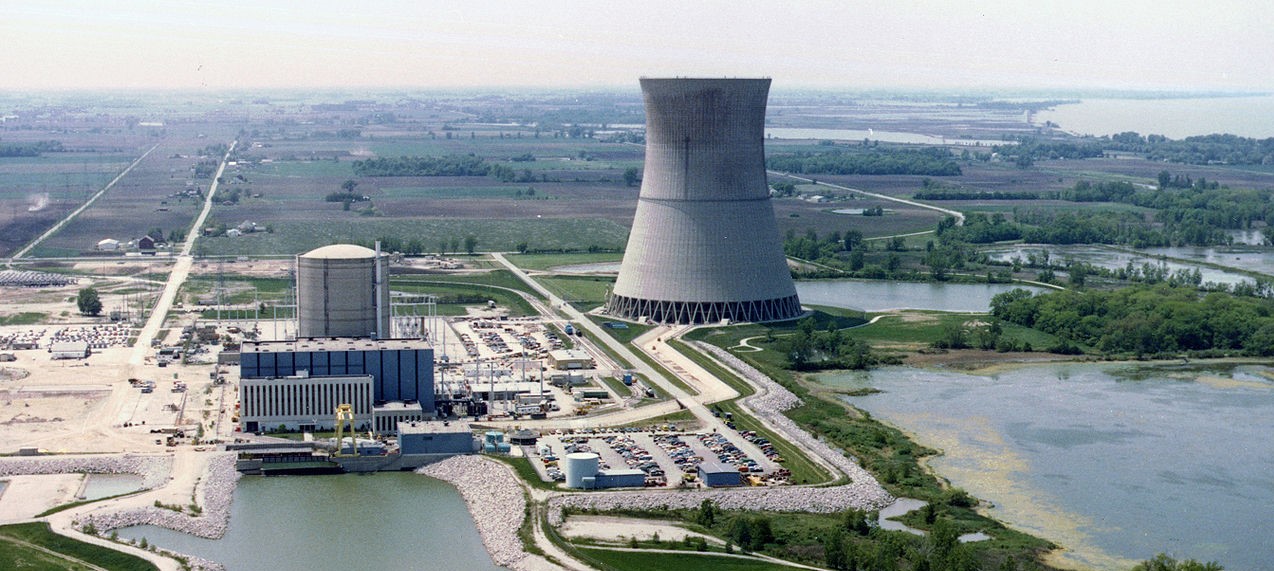
Akron, Ohio-based FirstEnergy Corporation has been charged with wire fraud and will pay a $230 million monetary penalty over its role in a $61-million corruption and racketeering scheme to secure state subsidies for Ohio’s nuclear power plants, Davis-Besse and Perry.
The final nail in the coffin of Ohio’s nuclear subsidies occurred on March 31 when Gov. Mike DeWine signed H.B. 128, a bill passed unanimously by the state’s Senate last Thursday.
Approved 86-7 by the Ohio House on March 10, H.B. 128 strips the nuclear subsidy provisions from H.B. 6, the controversial and, since last July, scandal-scarred piece of legislation signed into law in 2019 to aid Ohio’s economically challenged nuclear facilities, Davis-Besse and Perry.
H.B. 128 also removes the earlier bill’s “decoupling” provision, which would have been of substantial financial benefit to FirstEnergy Corporation, the former parent company of Energy Harbor, owner and operator of Davis-Besse and Perry. The new bill retains H.B. 6’s subsidies for utility-scale solar projects, however, and for two coal plants (one in Ohio, one in Indiana).
H.B. 128 was sponsored by Reps. James Hoops (R., 81st Dist.) and Dick Stein (R., 57th Dist.).